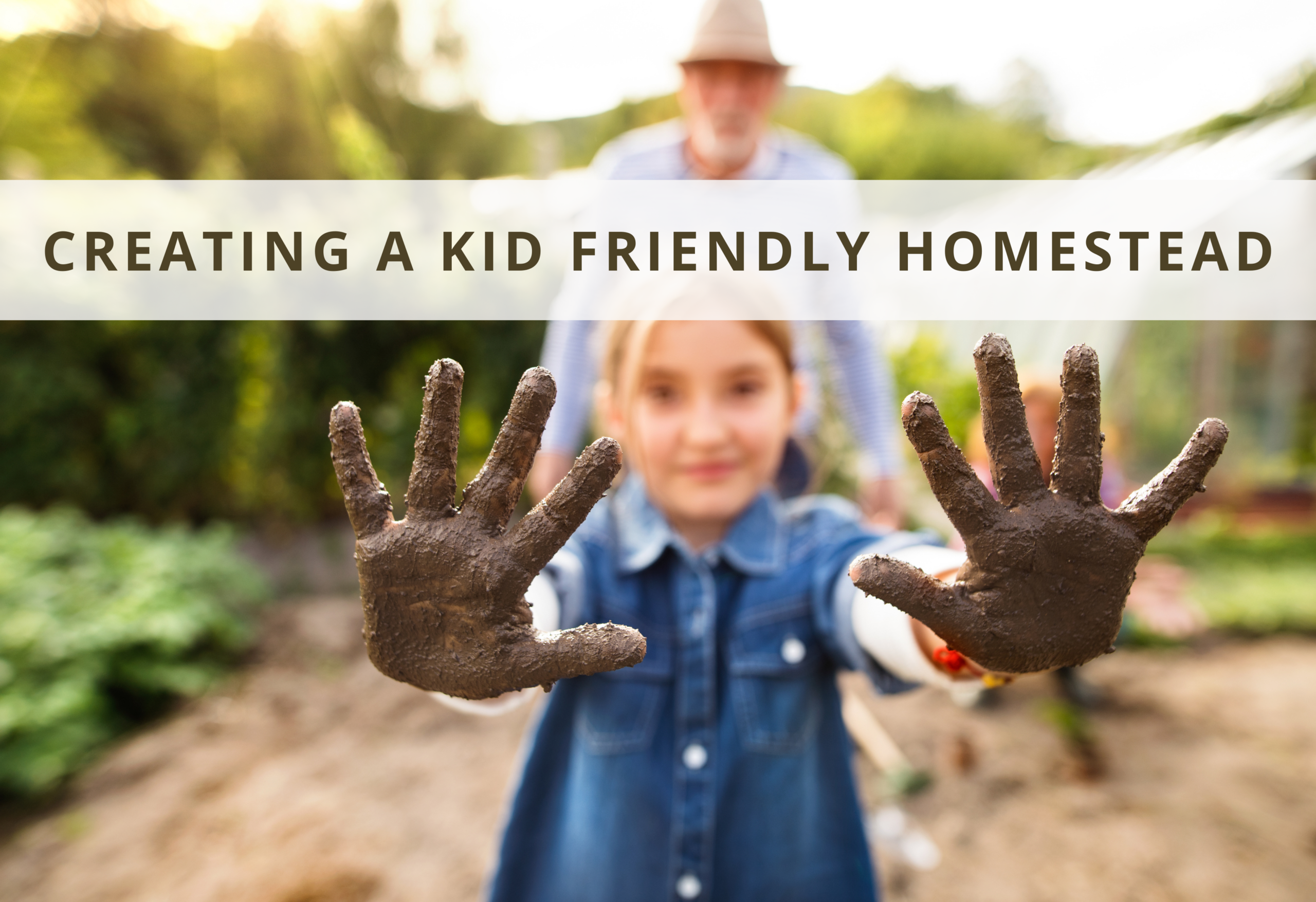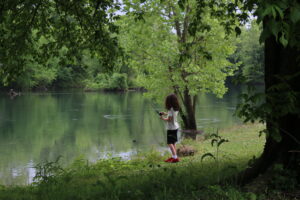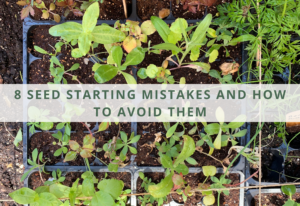As parents, we all want our children to grow up with a love and appreciation for the world around them. We would love for them to be curious, to explore, and to learn valuable life skills that will serve them well into adulthood.
That’s why creating a kid friendly homestead isn’t just about making our lives easier as parents — it’s about nurturing our children’s curiosity and empowering them to become active participants in the family homesteading journey.
Imagine a kid friendly homestead where children are not just observers, but enthusiastic participants in every aspect of daily life. A place where they can dig in the dirt, chase butterflies, and discover the magic of growing and raising their own food while also building skills they can use to be sucessful throughout their lives. That’s the kind of homestead we’re striving to create, and we invite you to join us on this adventure.
By incorporating kid-friendly elements into the design and layout of our homestead, we’re not just creating an intentional and welcoming space for our children to play and grow — we are creating a space for them to learn, create memories, and connect with the natural world in meaningful ways.
Here are some ideas to get you started on creating your own kid-friendly homestead:
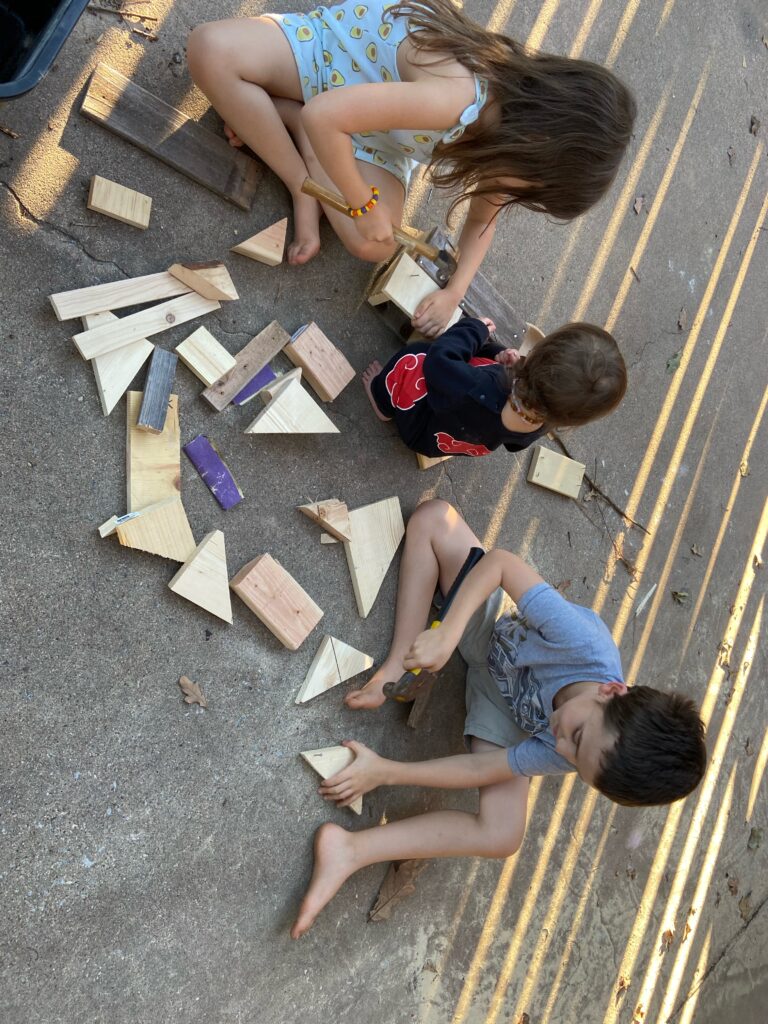
Set Up Play Areas For Your Children
Designate specific areas of the kid friendly homestead for children to play and explore safely. This could include a dedicated play space with swings, slides, and other outdoor toys, as well as natural play areas such as climbing trees, building forts, and exploring nature trails.
By providing opportunities for unstructured outdoor play, children can develop their creativity, imagination, and physical skills while connecting with the natural world. This also let’s them have a space to play that will not interfere with homesteading chores or systems.
Create Kid-Sized Garden Plots On Your Kid Friendly Homestead
Creating kid-sized garden plots is an excellent way to involve children in the gardening process and empower them to take ownership of their own little piece of the homestead.
They can be directly involved i the process of growing their own food from seed to fruit! Here’s how to make it a fun and rewarding experience for kids:
Designate a Special Area:
Choose a dedicated space in the garden where children can have their own plots to cultivate.
This area should be easily accessible and visible from the main garden, allowing children to feel like active participants in the gardening process alongside their parents or caregivers.
The Size of the Kid Garden Matters:
Keep the size of the garden plots manageable for children, ideally no larger than 3 feet by 3 feet or whatever space you have available.
This ensures that children can easily reach all parts of their garden and feel a sense of accomplishment as they watch their plants grow and thrive.
This also cuts down on the amount of weeding and gardening they would have to do to care for your garden. Lastly, If they need help maintaining their garden, having a smaller garden won’t add too much additional responsibility to your plate as a parent on a homestead.
Child-Friendly Gardening Tools:
Provide children with their own set of child-friendly gardening tools, including small shovels, rakes, watering cans, and gloves.
This may help them from taking yours and misplacing them too! These tools should be lightweight, easy to handle, and appropriately sized for children’s hands, making it easier for them to work in the garden independently and safely.
I recommend providing a home for these tools that your child can put them away in after they are done using them to teach tidiness and responsibility for tools.
Encourage Your Kids To Make Guided Decisions About Their Garden:
Encourage your children to choose which plants they want to grow in their garden plots, whether it’s colorful flowers, tasty vegetables, or fragrant herbs. This gives you an opportunity to teach them about the different seeds and plants as well as the life cycle of plants.
Giving children autonomy over their gardening choices allows them to explore their interests and preferences while fostering a sense of ownership and responsibility for their garden.
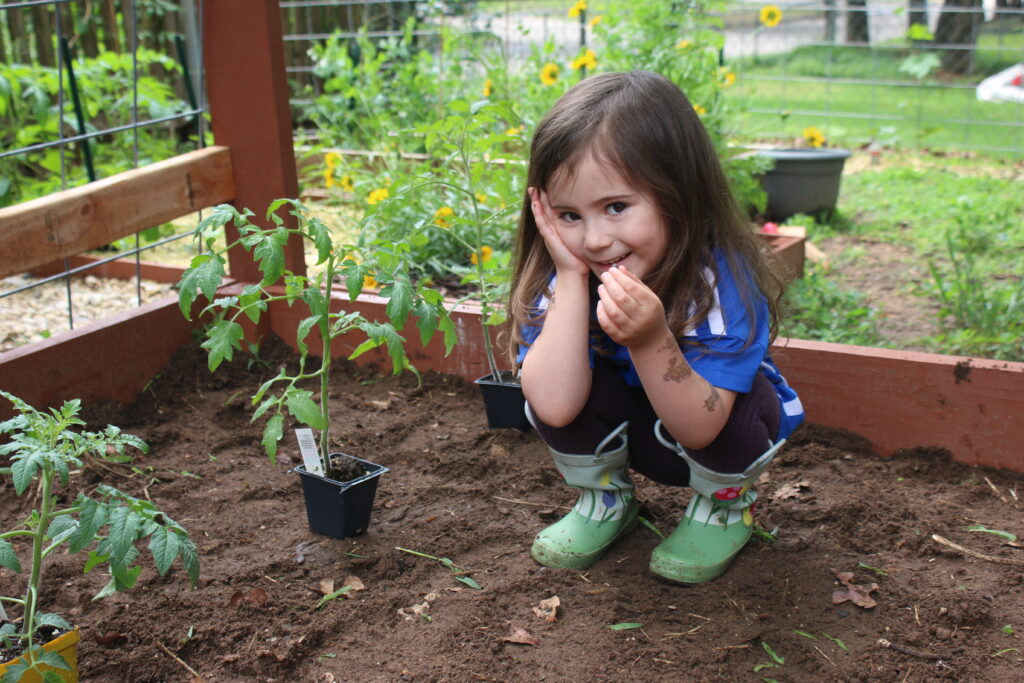
Gardening Provides Hands-On Learning About How Food is Grown
Gardening provides children with valuable hands-on learning experiences that teach them a wide range of skills beyond just planting and tending to plants.
As children care for their garden plots, they learn important lessons in responsibility, patience, and problem-solving as they observe the natural processes of plant growth and development firsthand.
Gardening also provides opportunities for children to develop fine motor skills, sensory awareness, and an understanding of basic scientific concepts such as photosynthesis and soil health. Gardening has major health as well being benefits for you and your kiddos too! Studies show that gardening reduced stress, fear, anger and sadness, as well as reducing blood pressure, pulse rate and muscle tension.
Gardening provides an Appreciation for Nature:
Gardening helps children develop a deeper appreciation for where their food comes from and the interconnectedness of all living things. As children witness the miracle of seed germination, the cycle of plant growth, and the importance of pollinators and beneficial insects, they develop a sense of wonder and awe for the natural world that stays with them throughout their lives.
Creating kid-sized garden plots on your kid friendly homestead is a wonderful way to involve children in the gardening process and teach them valuable skills while fostering a deeper connection with nature. By providing children with their own garden plots, child-friendly tools, and opportunities for hands-on learning, parents can empower them to become enthusiastic and confident gardeners who take pride in their ability to grow and nurture plants and appreciate the beauty and abundance of the natural world.
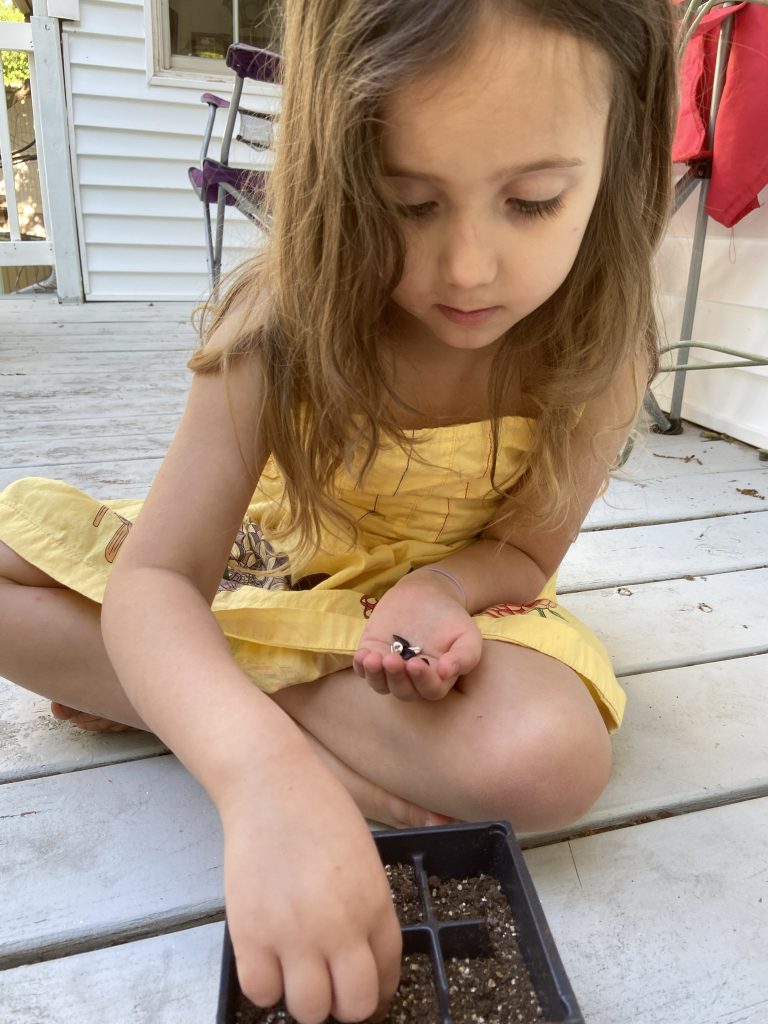
The Importance Of Safety Measures On The Homestead
Homesteading offers countless opportunities for families to connect with nature, learn new skills, and cultivate a sustainable lifestyle. However, it’s essential to prioritize safety to ensure that everyone can enjoy the homestead experience without unnecessary risks or accidents. Here’s why safety measures are crucial on the homestead:
Protecting Children From Hazards:
The homestead environment can present various hazards to children, from sharp tools and equipment to potentially dangerous animals and plants.
By implementing safety measures such as fencing, childproofing, and teaching children about potential hazards, parents can create a safe and secure kid friendly homestead where children can explore and play with confidence.
Preventing Accidents And Injuries:
Accidents can happen anywhere, but the risks may be heightened on a homestead where children are exposed to tools, machinery, and natural elements.
By taking proactive steps to identify and mitigate potential hazards, parents can reduce the likelihood of accidents and injuries and create a safer environment for their families.
Promoting Peace Of Mind:
Knowing that their children are safe and secure allows parents to relax and enjoy the homesteading experience without constant worry or anxiety.
By implementing safety measures and instilling safety awareness in children from a young age, parents can promote peace of mind and create a positive and nurturing environment for their families.
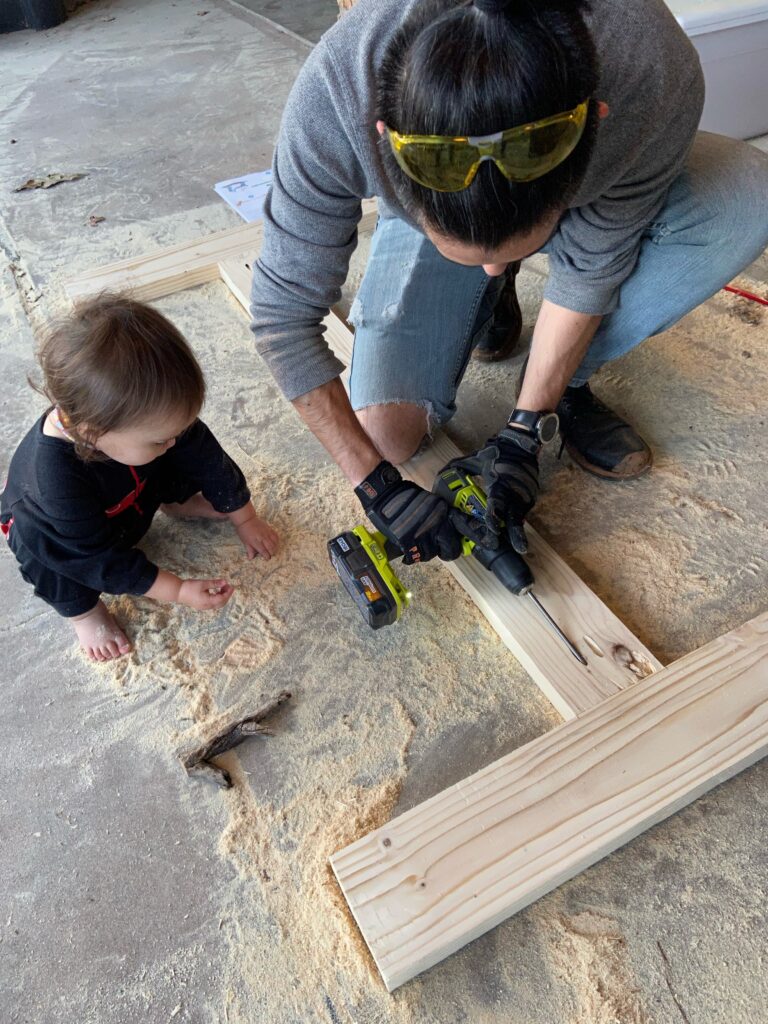
Safety Measures That Are Particularly Important On The Homestead:
Fencing:
Installing fencing around the perimeter of the homestead can help keep children and pets safe by preventing them from wandering off the property or coming into contact with potentially dangerous animals or wildlife. Choose fencing materials and designs that are sturdy, secure, and appropriate for the specific needs of your homestead, whether it’s keeping livestock contained or creating a safe play area for children. It is always a good idea to do regular checks on your fencing to make sure nothing is broken or wearing down.
Childproofing:
Take steps to childproof areas of the homestead where children are likely to spend time, such as the kitchen, workshop, and garden. This may include installing safety gates, securing cabinets and drawers with childproof locks, and removing or securing any potential choking hazards or toxic substances. Regularly inspect the homestead for potential hazards and make adjustments as needed to ensure a safe environment for children.
Teaching Children About Potential Hazards:
Education is key to preventing accidents and injuries on the homestead. Take the time to teach children about potential hazards such as sharp tools, hot surfaces, and poisonous plants, and how to safely navigate their surroundings. Encourage children to ask questions, seek help when needed, and always practice caution and respect for their environment.
By prioritizing safety measures such as fencing, childproofing, and teaching children about potential hazards, families can create a secure and nurturing environment where everyone can enjoy the homesteading lifestyle to the fullest. By instilling safety awareness and fostering a culture of responsibility and respect, parents can empower their children to explore and engage with their surroundings safely and confidently, ensuring that the homestead remains a place of joy, learning, and connection for years to come.

Incorporating Educational Elements Into Daily Chores
Turn everyday chores into fun and educational activities by involving children in tasks such as feeding animals, collecting eggs, and harvesting produce on your kid friendly homestead. Use these opportunities to teach children about the importance of caring for animals, the lifecycle of plants, and the principles of sustainable living. Encourage children to ask questions, make observations, and draw connections between their actions and the broader ecosystem.
Building Learning Stations:
Create learning stations around the homestead where children can explore different aspects of homesteading through hands-on activities and experiments. This could include a composting station where children can learn about decomposition and soil health, a beekeeping station where they can observe bees at work, or a seed-starting station where they can plant and nurture seeds until they’re ready to transplant into the garden.
By providing opportunities for experiential learning, children can deepen their understanding of homesteading concepts and develop a lifelong love of learning.
Encouraging Exploration And Discovery:
Design your kid friendly homestead to encourage exploration and discovery, with hidden nooks, secret pathways, and natural habitats waiting to be explored. Create opportunities for children to interact with wildlife, observe seasonal changes, and engage their senses through activities such as birdwatching, insect hunting, and nature scavenger hunts.
By fostering a sense of curiosity and wonder, children can develop a deeper connection with the natural world and cultivate a lifelong appreciation for the beauty and diversity of life.
Creating a kid-friendly homestead is about more than just providing a safe and welcoming environment for children—it’s about fostering their curiosity, creativity, and connection with the natural world.
By setting up play areas, creating kid-sized garden plots, incorporating educational elements into daily chores, building learning stations, and encouraging exploration and discovery, families can create a homestead that enriches the lives of children and adults alike, nurturing a love of nature and a passion for sustainable living for generations to come.
The Benefits Of Involving Kids In Homestead Activities
Involving children in kid friendly homestead activities isn’t just about getting the chores done—it’s about providing them with valuable learning opportunities, fostering a sense of responsibility, and creating lasting memories that will stay with them for a lifetime.
Here are some of the key benefits of involving kids in kid friendly homestead activities such as gardening, animal care, and food preservation:
Hands-On Learning: Homesteading provides children with hands-on learning experiences that can’t be replicated in a classroom setting. Whether they’re planting seeds in the garden, caring for animals in the barn, or helping to preserve fruits and vegetables in the kitchen, children are actively engaged in the process of producing food and caring for the land. If you want to learn about some mistakes to avoid while starting seeds with your kids, read my blog on How to Avoid Common Seed Starting Mistakes.
These experiences not only teach practical skills such as gardening, animal husbandry, and food preservation but also promote a deeper understanding of where food comes from and the importance of sustainable living practices.
Promoting Responsibility: Homesteading requires a high level of responsibility, and involving children in homestead activities on a kid friendly homestead helps instill a sense of responsibility and accountability from a young age. By giving children age-appropriate tasks and responsibilities, parents can empower them to take ownership of their contributions to the homestead and develop important life skills such as time management, organization, and problem-solving.
As children see the direct impact of their actions on the success of the family homestead, they gain a sense of pride and accomplishment that boosts their self-esteem and confidence.
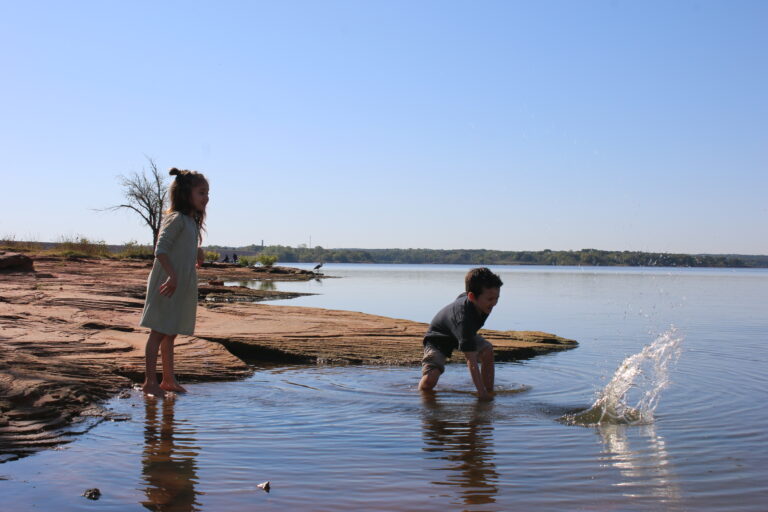
Fostering Connection with Nature: Homesteading provides children with a unique opportunity to connect with nature on a profound level. Whether they’re digging in the soil, harvesting fresh produce, or interacting with animals, children develop a deeper appreciation for the natural world and their place within it.
These experiences help foster a sense of stewardship and respect for the environment, encouraging children to become responsible caretakers of the land and advocates for sustainable living practices.
Building Family Bonds: Homesteading is a family affair, and involving children in homestead activities strengthens family bonds and creates lasting memories that bring families closer together. Whether it’s working side by side in the garden, caring for animals together, or sitting down to enjoy a meal made from homegrown ingredients, homesteading provides countless opportunities for families to connect, communicate, and create shared experiences that strengthen their relationships and build cherished memories.
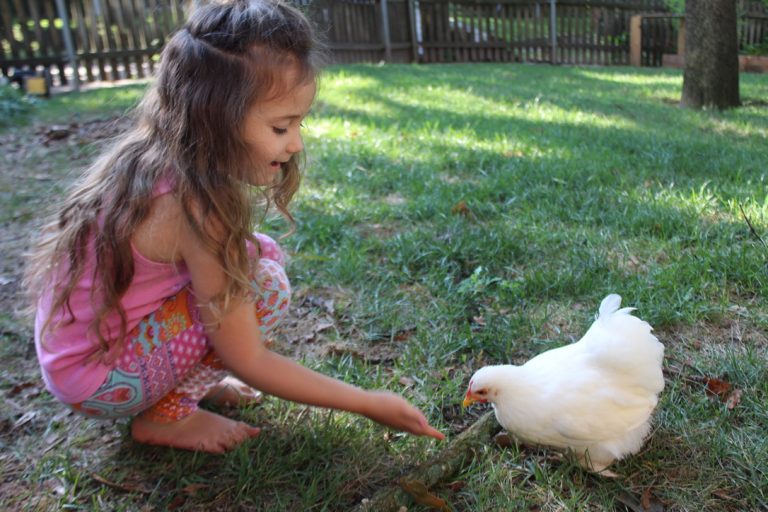
In Conclusion
Involving children in homesteading activities such as gardening, animal care, and food preservation is about much more than just completing tasks or learning skills. It’s about instilling values and shaping character, fostering a deep connection with nature, and building family bonds that last a lifetime.
By actively participating in the homesteading lifestyle, children not only learn practical skills like planting seeds, caring for animals, and preserving food, but they can also develop important life skills such as responsibility, resilience, and problem-solving. These hands-on experiences teach children the value of hard work, resourcefulness, and self-sufficiency, setting them up for success in all areas of life.
Furthermore, a kid friendly homestead provides children with a unique opportunity to develop a profound appreciation for the natural world and the importance of living in harmony with it. As they witness the cycles of nature firsthand—from seed to harvest, from birth to maturity—they gain a deeper understanding of the interconnectedness of all living things and the impact of their actions on the environment.
Perhaps most importantly, homesteading strengthens family bonds and creates memories that children will cherish for years to come. Working together in the garden, caring for animals, and preserving food are not just chores—they’re opportunities for families to spend quality time together, share experiences, and create traditions that will be passed down through generations.
Involving children in the homesteading lifestyle isn’t always easy and doesn’t need to be perfect, but the rewards far outweigh the challenges. By nurturing a love of nature, instilling important values, and building strong family connections, homesteading lays the foundation for a lifetime of sustainable living and meaningful experiences.

